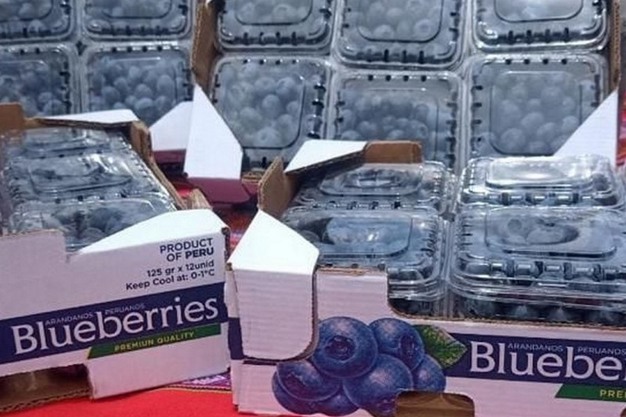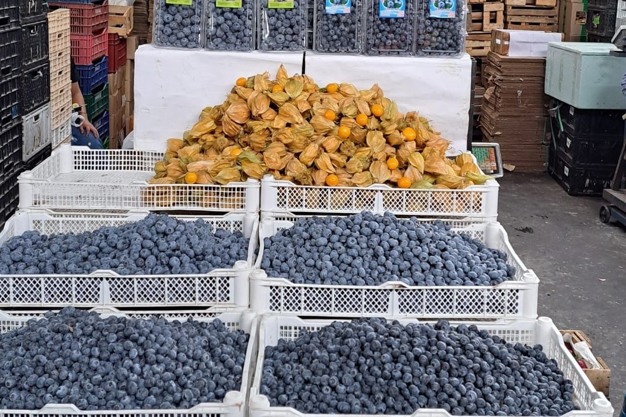The hope of an increase in blueberry volumes and return to normal in this 2024/2025 campaign is a reality for the Peruvian blueberry industry. "Rather it is expected to achieve a new growth record in this 2024/2025 campaign," says Aurora Bazán, an international business consultant in Peru, who assists producers and represents foreign purchasing companies.

"Making a quick daily evaluation, with late pruning, the peak of blueberries is expected for October-November 2024, which, more than being a concern, should be an occupation with good planning to distribute the best offer, but it is still too early to confirm it, the scenarios change very quickly. On the other hand, the climate is helping to normalize blueberry production in our country," states Bazán.
She points out that after a challenging year, buyers, importers and exporters worldwide are in a moment of great caution to continue opening up lands, but are very focused on the varietal change. "In fact, Peru is experiencing a better climate for blueberries, hoping to recover volumes compared to the previous campaign and obtain good quality fruit. Likewise, we already have information about climatic situations that are reducing production in some European countries, others starting an early harvest, on the other hand in North America a large and important supplier of fruit, just like in Mexico."
She says this all points to a good season ahead. "This indicates that we are once again entering a great movement and dynamism that will keep us very busy in this new 2024/25 season. We are very clear that, due to the large supply, prices are falling, however blueberry consumption continues to increase."

Advice to companies for the coming season
"Good planning and strategy for better distribution of the offer," is Bazán's advice to blueberry growers. As Peru is set to return to normal and even record high volumes, prices naturally trend lower with increased supply. This is normal in any market, she states. "The market works according to the law of supply and demand, prices are lower when there is greater volume available, which is the result of good supply. It is a natural pressure of the market."
This is why Peruvian growers have been hard at work to create a difference by planting newer genetics of blueberries. "In 2016, only around 13 varieties of blueberries were harvested in our country, while in 2022 there were already 60 different cultivated varieties. Currently, the latest USDA study cites that in Peru we would have over 100 varieties, offering, as always, the possibility of testing these new varieties at a rapid pace of eight months on average," concludes Bazán.
For more information:
Aurora Bazán
International business consultant
Tel: +51 920 678 301
